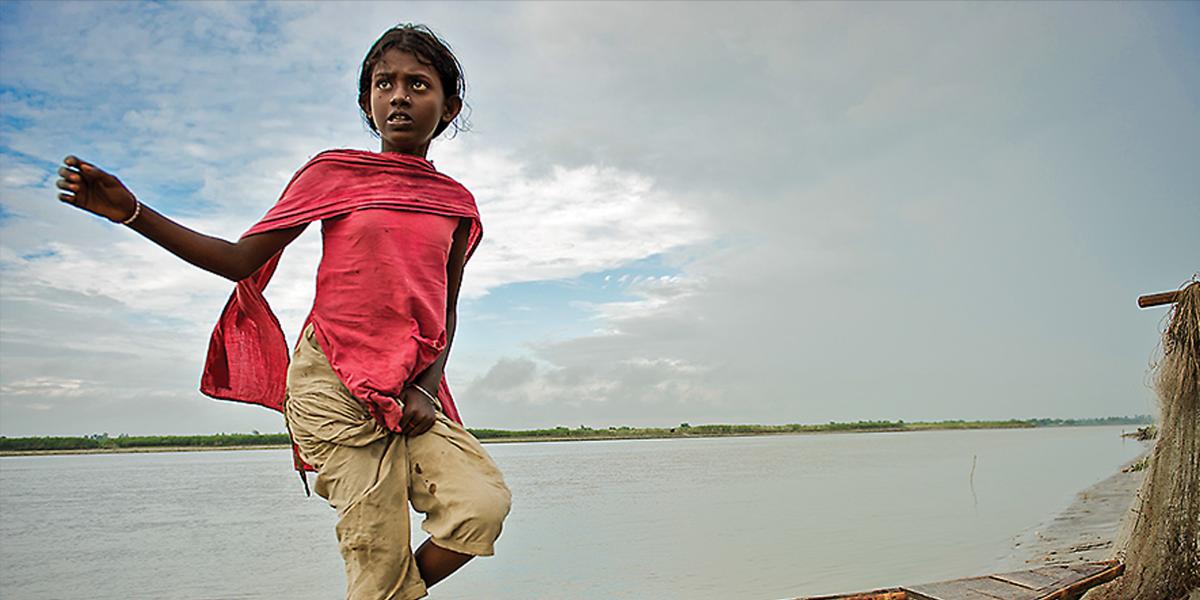Troubled Waters
Are day care centers a solution to preventing child drowning deaths in Bangladesh?
In Bangladesh, geography and poverty have forged an unforgiving landscape. Situated at the convergence of the Ganges and Brahmaputra rivers, the country is the largest delta in the world, vulnerable to the ravages of flooding, cyclones and climate change.
Most tragically, however, Bangladesh’s topography has helped to make drowning the country’s leading killer of children. Poverty is also complicit, as many child drownings occur between 9 a.m. and 1 p.m. when mothers often must work or tend to household chores, leaving children unsupervised.
Four years ago, the Bloomberg School’s International Injury Research Unit launched Saving of Lives from Drowning (SoLiD) in an effort to prevent needless child drowning deaths in Bangladesh.
“These people are so disadvantaged and to lose a child to drowning on top of that, it’s something that really touches me in a very personal way,” says SoLiD program manager, Olakunle Alonge, MD, assistant professor in International Health.
The Bloomberg Philanthropies–funded initiative established more than 3,000 day care centers (known as crèches), staffed with trained local residents to care for young children during the critical period each day when they are especially at risk.
Preliminary results are promising. Not only were child drownings reduced over two years in the communities with crèches, but deaths from injuries like burns and falls dropped as well. In addition, children in the day cares showed cognitive gains.
“Day care was a fantastic opportunity to invest in these very young children,” notes Alonge. Going forward, he has plans to meet with Bangladeshi officials and potential donors to explore how to integrate the crèche intervention into the country’s health system.
